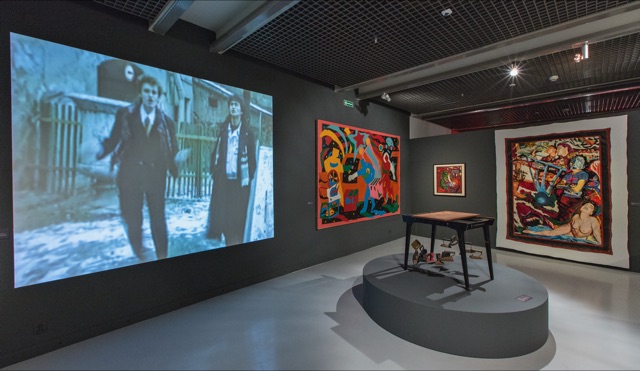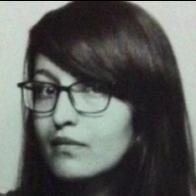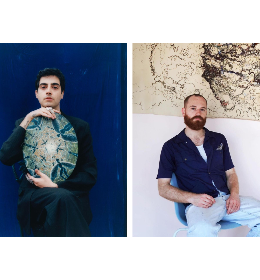This anecdote is pulled from the exhibition “Notes From the Underground. Art and Alternative Music in Eastern Europe 1968-1994”, at Muzeum Sztuki in Łódź, Poland, running until January 15, 2017, continuing the discourse that curators Daniel Muzyczuk and David Crowley had inaugurated with the 2013 show “Sounding the Body Electric. Experiments in Art and Music in Eastern Europe 1957-1984”.

Between 1968 and 1994, performances and exhibitions were taking place in private houses, in the countryside, in students’ clubs or in abandoned chapels. In the 80s, the group Nowyje Kompozitory (The New Composers) took over The Society of Friends of Science Fiction in Leningrad’s Auditorium, where USSR’s first rave club later opened. Spaces like this were the launch pad for groups such as Aktual Group, who mocked the official language of The Party with their shrill, drill sounds, or Katalin Ladik, who presented their phono-poetry, or else Hardijs Ledniš, giving his “disco-lectures”.
“Need is the mother of invention”: this Polish proverb speaks volumes about the ways these artists worked. Marek Rogulski, for example, constructed his own saxophone, whilst other artists created new instruments, including the “utiugon”, made of scrap-metal and wood from a kitchen table. Vinyl records were crafted from waste materials.

exhibition view
Muzyczuk and Crowley try to answer questions surrounding the emergence of this amateur culture, asking themselves why artists went back to the notion of primitivism. On the one hand, the lack of materials translated, among others, into a desire for free-self-expression. On the other, as the curators of the exhibition have stressed, there is an additional, ideological reason behind the return to primitivism, which artists saw as an alternative to the brutally logical system behind the governments of the countries of the Eastern European bloc. Artists such as Ziemia Mindel Würm took this literally with their ritual performances, whilst others, reappropriated the discourses of the authority through the process of “overidentification” as defined by philosopher Slavoj Žižek. This is evident in songs like “I love you and Lenin” (Miluju tebe a Lenina) by Aktual group, reflecting the absurd reality of Eastern Europe through a representation of the absurd in art.
Muzeum Sztuki, Łódź
« Notes From the Underground. Art and Alternative Music in Eastern Europe 1968-1994 »
Until January 15, 2017.









